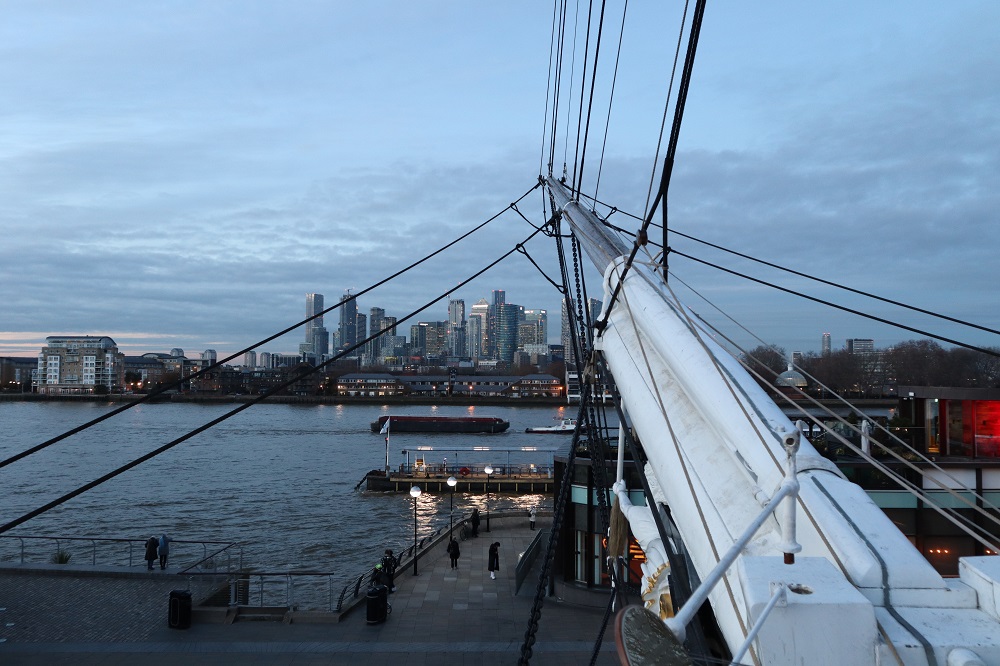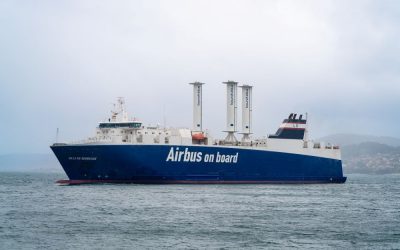The Royal Institution of Naval Architects concluded another captivating Historic Ships Conference over two days at the National Maritime Museum Greenwich in late November, drawing maritime enthusiasts, scholars, and industry experts from around the world. The event showcased a fascinating array of presentations and activities, complemented by a visit to the Chatham Historic Dockyard and a tour of the iconic Cutty Sark.
Delegates discussed a diverse range of topics, with a significant emphasis on preserving and celebrating maritime heritage. Among the conference’s highlights were presentations on traditional Maltese fishing vessels, the USS Midway, and the world’s first sea plane.
The National Maritime Museum played a pivotal role in providing insights into the meticulous process of preserving ship drawings of historic vessels. Experts from the museum explained the challenges and methodologies employed to maintain and safeguard these invaluable artifacts. Attendees gained a deeper understanding of the intricate world of ship design, appreciating the significance of preserving not just the vessels themselves but also the blueprints that brought them to life.
A presentation on traditional Maltese fishing vessels by Andrea Grech La Rosa delved into the rich history and unique design aspects of the small craft which are an integral part of the island’s heritage. Attendees gained insights into the preservation challenges and efforts to ensure the continuation of these vessels’ legacy.
Len Santiago of the USS Midway, a symbol of naval prowess, provided an in-depth look at its history and contributions. Discussions explored the challenges of maintaining such a colossal vessel and the role it plays in educating future generations about naval heritage. A presentation by Paul Wrobel on the world’s first sea plane explored the innovations and challenges faced by the creators of this new mode of transport.
There was also an exclusive visit to the Chatham Historic Dockyard, where participants witnessed the restoration and preservation efforts firsthand and were able to tour the model workshop. Also on offer was a tour of the legendary Cutty Sark, an iconic clipper ship that has been a prominent feature of London’s maritime history.
The Royal Institution of Naval Architects’ Historic Ships Conference provided a dynamic platform for experts, enthusiasts, and industry professionals to come together, exchange knowledge, and celebrate the rich tapestry of maritime history. By combining academic presentations with immersive experiences at historic sites, the conference fostered a deeper appreciation of the naval architects and engineers who have shaped the course of maritime history.




